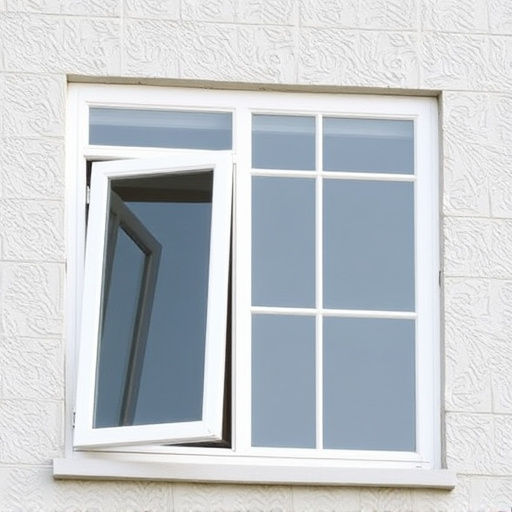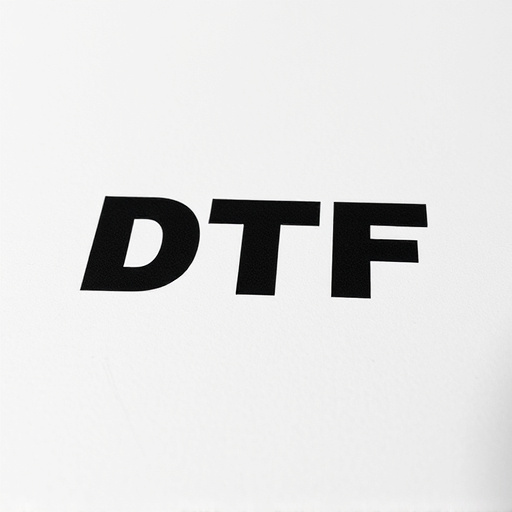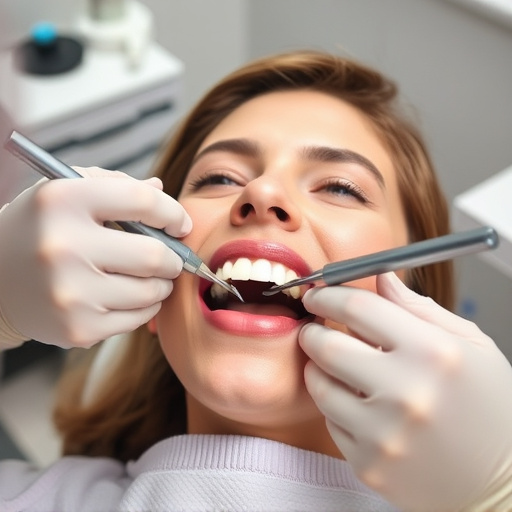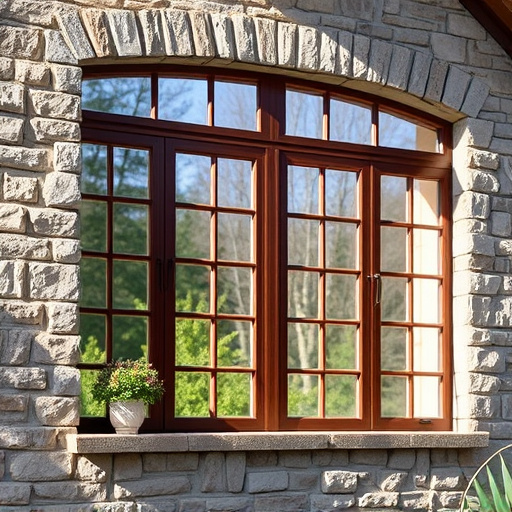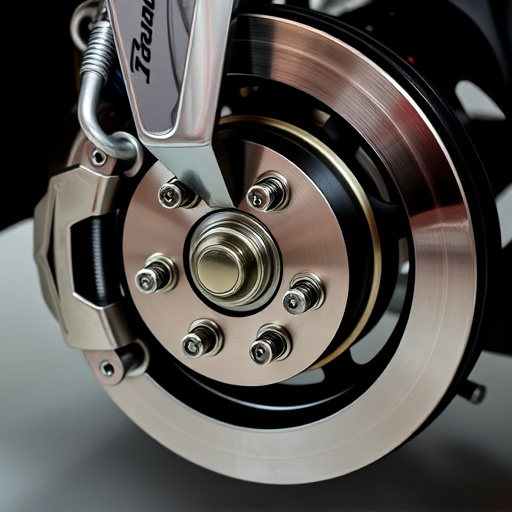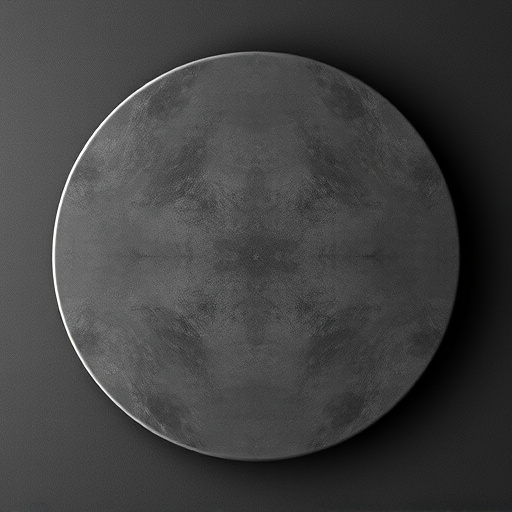Before restoring your car's clear coat, carefully inspect it for chips, scratches, and discoloration, as these are common issues that require tailored attention. Severe damage like deep scratches or delamination needs professional multi-step repairs, while minor scuffs can be treated with simpler touch-ups. Proper clear coat restoration, aided by advanced solutions and protective films, is crucial for maintaining your vehicle's aesthetics and shielding it from environmental deterioration.
“Uncover the secrets to achieving flawless clear coat restoration with our comprehensive step-by-step guide. Begin by assessing your car’s clear coat condition—identifying scratches, swirls, and discoloration—distinguishing severe from minor damage. Then, prepare for success by gathering essential materials, setting up a safe workspace, and meticulously cleaning the surface.
Our guide walks you through the restoration process, from effective sanding and buffing techniques to choosing the right polishing compounds and applying clear coat with precision. Discover how to achieve a smooth, glossy finish that restores your vehicle’s original allure.”
- Assessing the Condition of Your Clear Coat
- – Understanding clear coat damage: scratches, swirls, and discoloration
- – Identifying severe vs. minor damage and its impact on restoration process
Assessing the Condition of Your Clear Coat

Before diving into the clear coat restoration process, it’s crucial to assess the current condition of your vehicle’s clear coat. This initial evaluation will determine the extent of the damage and guide you in choosing the right restoration techniques. Inspect your car carefully for chips, scratches, or faded areas, as these are common issues that require attention. The clarity and glossiness of the clear coat are also indicators of its overall health—a dull or matte appearance might signal a need for polishing or complete restoration.
Understanding the state of your clear coat is key to achieving successful results in automotive detailing or even custom vehicle wraps. If you’re dealing with minor scratches, a simple polish might suffice. However, for severe damages, especially when considering car customization, a complete restoration is often required. This step ensures that your vehicle not only looks its best but also protects the underlying paint job, enhancing the overall aesthetic appeal of your ride.
– Understanding clear coat damage: scratches, swirls, and discoloration

Clear coat damage can manifest in various forms, each impacting the overall appearance and protection of your vehicle’s finish. Scratches, for instance, not only detract from the sleek, high-quality finishes but also expose the base paint to potential further deterioration. Swirls, caused by improper washing or road debris, create unsightly patterns that can give the impression of an unkempt exterior. Discoloration, resulting from environmental factors like UV exposure or chemical reactions, can make your vehicle’s clear coat appear hazy or uneven.
Addressing these issues promptly is crucial for maintaining the integrity and aesthetic appeal of your car’s finish. While some minor scratches and swirls might be treatable at home with over-the-counter kits, more severe cases often require professional intervention to ensure a flawless restoration. Using advanced techniques like ceramic window tinting or top-tier clear coat repair products can help safeguard against future damage, enhancing the scratch protection and longevity of your vehicle’s stunning exterior.
– Identifying severe vs. minor damage and its impact on restoration process

Identifying the extent of damage is a critical step in any clear coat restoration project. Severe damage, such as deep scratches, dents, or extensive delamination, requires more intensive repair procedures and can significantly impact the final result. In such cases, the restoration process involves multiple stages, from sanding and filling to careful repainting, ensuring a seamless blend with the existing finish. On the other hand, minor damage, like light scuffs or small chips, can often be addressed with simpler techniques, like touch-ups and clear coat reapplication.
While severe damage may require advanced skills and specialized tools, even minor issues can affect the overall appearance of a vehicle if not addressed properly. For car customization enthusiasts, protecting the paintwork with a high-quality paint protection film can be an effective way to prevent both types of damage from heat rejection and environmental factors, thus maintaining the car’s original aesthetics for longer periods.
Clear coat restoration is a meticulous process that requires careful assessment and strategic steps. By understanding the extent of damage, from scratches to discoloration, you can effectively navigate the restoration journey. Whether dealing with minor or severe issues, each step, including surface preparation and choosing the right products, contributes to achieving a pristine finish. Embrace the process, and your vehicle’s clear coat will be restored to its former glory, revealing a vibrant and protected exterior.

